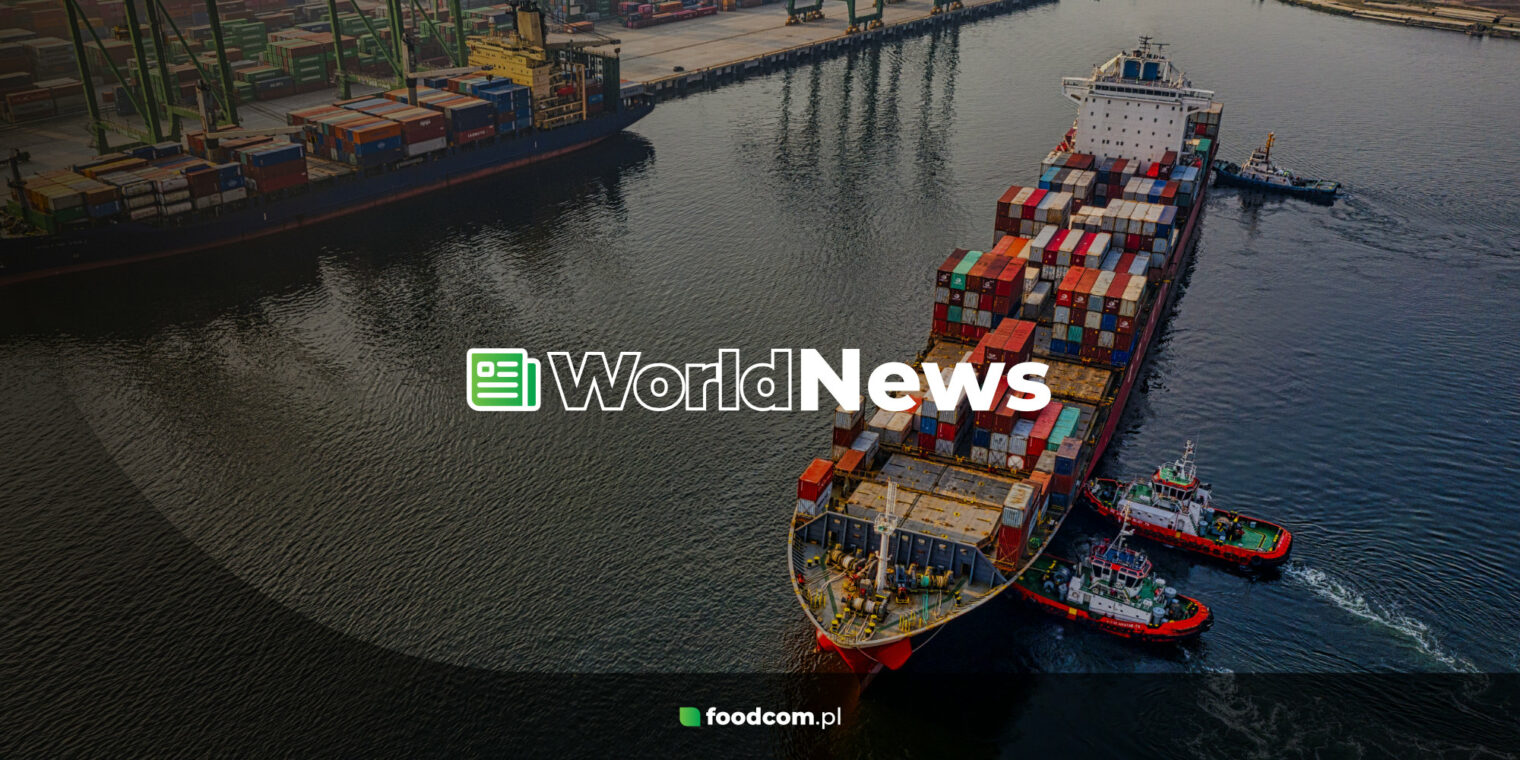- Attacks on the Red Sea drive grain cargoes to favor the Cape of Good Hope over the Suez Canal.
- Continued attacks by the Houthi force more and more grain freighters to avoid the Red Sea.
- About 3 million of the usual 7 million tons per month are diverted from the Suez Canal, with diversion rates increasing from 20% to 45%.
Shifting Routes Amidst Red Sea Attacks
According to grain traders and analysts, the recent attacks on shipping in the Red Sea region have led to a significant increase in the number of grain cargoes sailing around the Cape of Good Hope instead of through the Suez Canal. Despite initial expectations that most grain cargoes would continue to use the Suez Canal, the ongoing attacks by the Iranian-backed Houthi militia have led to a shift in shipping routes.
Escalating Diversions and Industry Impact
Analysts and grain traders have noted that the attacks, which continue even after the US-led airstrikes on Houthi positions in Yemen, are forcing more and more bulk carriers carrying grain to sail around the Red Sea. Ishan Bhanu, senior analyst for agricultural commodities at Kpler, a data provider and analyst firm, noted that about 3 million tons of the usual 7 million tons per month that pass through the Suez Canal have been diverted. This week, the proportion of ships avoiding the Red Sea rose from 20% to 45%.
On Friday, Kpler identified another 18 ships with a total of around 1 million tons of grain. One ship in particular, carrying soybeans from the US to China, had reached Egypt and decided to turn back before entering the Suez Canal.
According to the World Trade Organization, wheat shipments through the Suez Canal fell by almost 40% to 0.5 million tons in the first half of January. The recent escalation in detours has heightened concerns among industry experts.
The situation highlights the economic impact of regional instability on global trade routes and affects the efficiency of the Suez Canal, which is a vital link between Europe and Asia. As the shipping industry grapples with these challenges, ongoing developments in the Red Sea region will continue to influence the decisions of grain shippers and traders alike.


![Christmas frenzy in the dairy market – seasonal changes and challenges [247th Edition of the DAIRY Newsletter] Christmas frenzy in the dairy market – seasonal changes and challenges [247th Edition of the DAIRY Newsletter]](https://foodcom.pl/wp-content/uploads/2023/08/Foodcom_SA_Whats_up_Newsletter_Dairy-600x300.jpg)


![Extreme weather events cost EU farmers €28 billion a year [World News] Extreme weather events cost EU farmers €28 billion a year [World News]](https://foodcom.pl/wp-content/uploads/2025/03/News-world_8-600x300.png)



